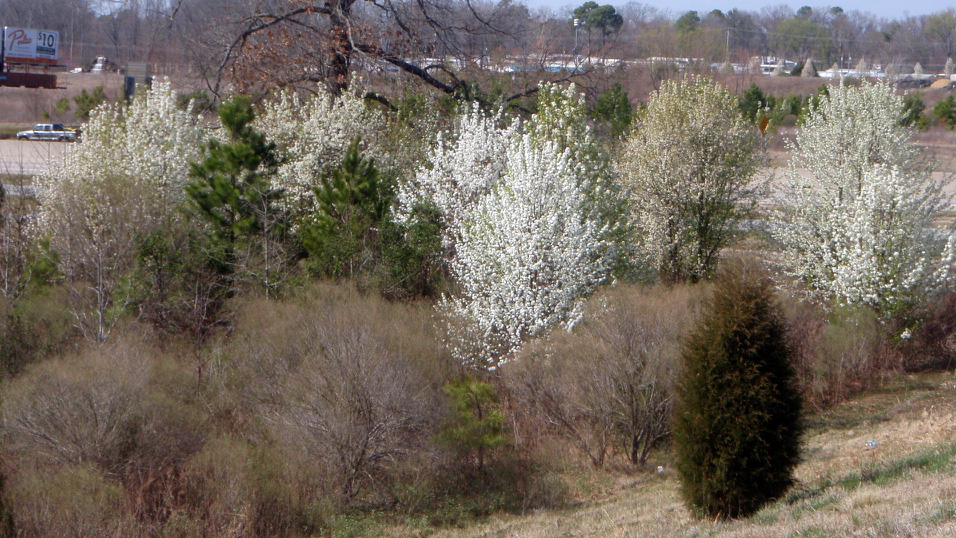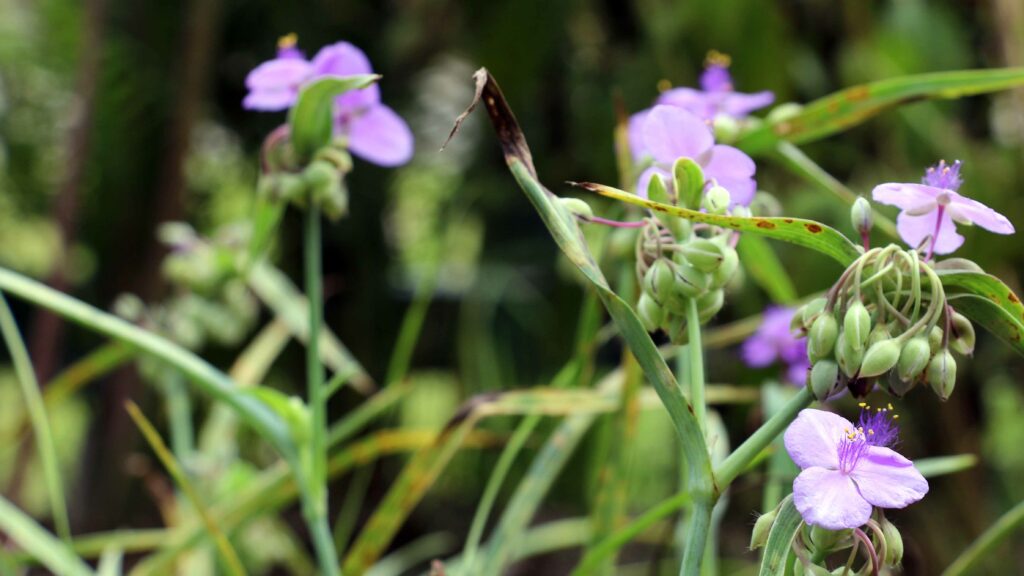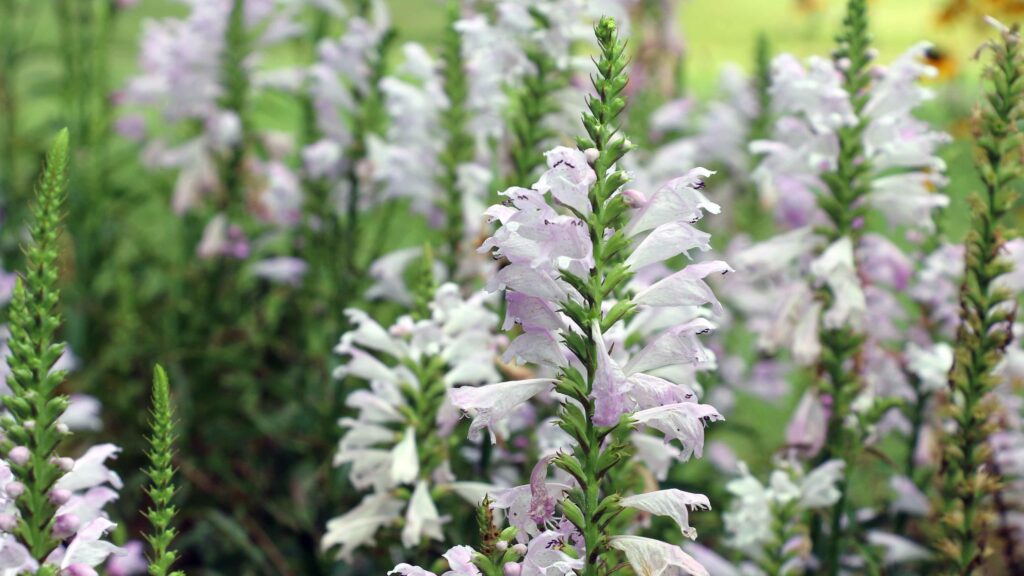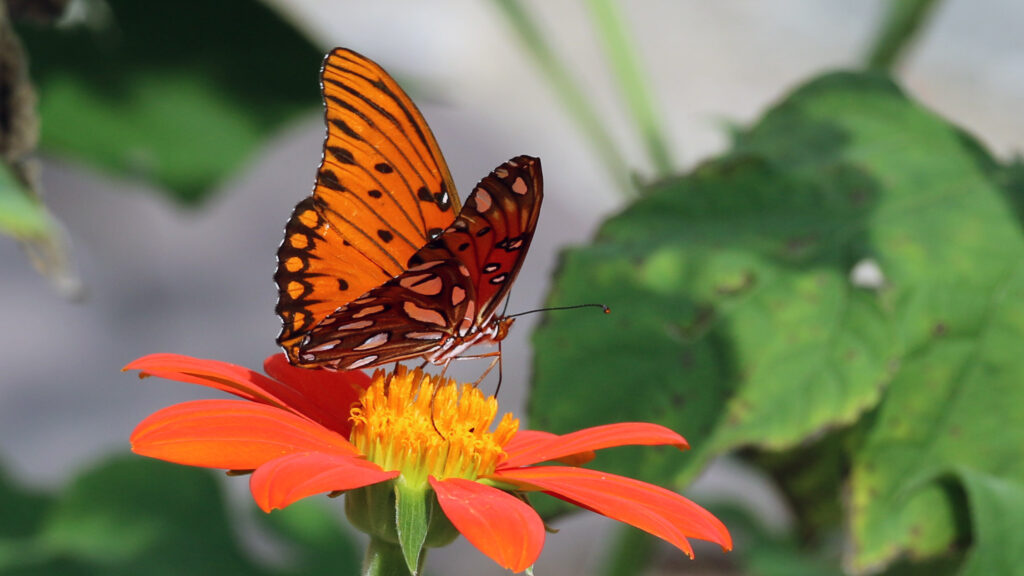Use Environmentally Friendly Native Plants to Replace Invasive Species
go.ncsu.edu/readext?889651
en Español / em Português
El inglés es el idioma de control de esta página. En la medida en que haya algún conflicto entre la traducción al inglés y la traducción, el inglés prevalece.
Al hacer clic en el enlace de traducción se activa un servicio de traducción gratuito para convertir la página al español. Al igual que con cualquier traducción por Internet, la conversión no es sensible al contexto y puede que no traduzca el texto en su significado original. NC State Extension no garantiza la exactitud del texto traducido. Por favor, tenga en cuenta que algunas aplicaciones y/o servicios pueden no funcionar como se espera cuando se traducen.
Português
Inglês é o idioma de controle desta página. Na medida que haja algum conflito entre o texto original em Inglês e a tradução, o Inglês prevalece.
Ao clicar no link de tradução, um serviço gratuito de tradução será ativado para converter a página para o Português. Como em qualquer tradução pela internet, a conversão não é sensivel ao contexto e pode não ocorrer a tradução para o significado orginal. O serviço de Extensão da Carolina do Norte (NC State Extension) não garante a exatidão do texto traduzido. Por favor, observe que algumas funções ou serviços podem não funcionar como esperado após a tradução.
English
English is the controlling language of this page. To the extent there is any conflict between the English text and the translation, English controls.
Clicking on the translation link activates a free translation service to convert the page to Spanish. As with any Internet translation, the conversion is not context-sensitive and may not translate the text to its original meaning. NC State Extension does not guarantee the accuracy of the translated text. Please note that some applications and/or services may not function as expected when translated.
Collapse ▲The facts are indisputable. The accused is guilty beyond a reasonable doubt of all charges: murder, theft, and just generally being a stinking, rotten nuisance.
It’s time to issue the warrant. Wanted Dead or Alive: Bradford pear trees.
In October, NC State Extension is holding Bradford pear bounty events in Mecklenburg and Union counties. The public is invited to remove cultivated Bradford pears and bring proof of the tree’s demise. In return, they will receive a native tree, free of charge.
Why so much animosity toward the Bradford pear? Simply put, it’s not supposed to be here. The tree is invasive.
It became popular as a landscape tree because of its pretty flowers, but it breaks easily and emits a foul odor. The real indictment, though, is what happens when it escapes from carefully cultivated gardens. Wild offspring — and they are legion — invade fields and forests and vacant lots, crowding out native trees.
“When it’s wild it displaces our native species,” said Kelly Oten, NC State Extension specialist in forest health. “It’s the first to flower out, beating our native species and shading them out. We’re starting to see them invading forests, in the understory, creating these huge thickets that wildlife can’t move through. When they revert to their invasive form they have thorns that are 4 inches long. If someone is trying to manage their land, it can be really challenging. Not only is it displacing our native plants, but our native insects aren’t feeding on them as much and we’re seeing a decline in caterpillar diversity, so there’s less for birds to feed on. It has a cascading effect.”
This is Extension’s second Bradford pear bounty event. The first took place in Greensboro in the spring.
“It was a huge success,” Oten said. “We were able to replace a lot of Bradford pears for several hundred people, but the bigger impact by far was the informational reach. We had over 40,000 people visit our website, and I had a lot of radio interviews and news articles put out. Hopefully, next time someone wants to plant a tree in their front yard they’ve heard of this problem and will choose a different tree.”
Beyond public awareness of the perils of Bradford pears, the bounty events also raise awareness about the harmful effects of any invasive species, and the benefits of replacing them with native plants.
“We don’t think about native trees enough,” said Amy Mead, Extension area agent for Natural Resources and Environmental Education in Brunswick, New Hanover and Pender counties. “So many of our native trees are host plants for our keystone species, the native butterflies and moths. And those caterpillars are a food source for wildlife up the food chain.”
Mead was the co-chair of a native plant festival hosted by Extension’s New Hanover County center in September. The event at the Arboretum featured Extension staff, Extension Master Gardener volunteers, and partners and exhibitors including the North Carolina Native Plant Society, NC Forest Service, Cape Fear Audubon, Alliance for Cape Fear Trees, New Hanover County Beekeepers and the North Carolina Coastal Federation.
“This is our seventh annual Cape Fear Native Plant Festival,” Mead said. “We’re all united in this mission to increase people’s awareness of how important it is to put these in their landscapes. And then our second mission is to encourage and support native plant nurseries or nurseries in town to increase their supply of native plants.”
While the festival in Wilmington was focused on plants that grow well in the Cape Fear region, Extension horticulture agents and Extension Master Gardener volunteers at county centers across North Carolina have knowledge of the best natives for any area of the state.
Related: It might not seem like gardening season, but fall is a great time to plant.
At the native plant event in New Hanover County, experts were on hand to answer questions about plants endemic to the region.
“The last few years we’ve really been getting into native plants,” said Fran Hoag, an Extension Master Gardener volunteer. “It’s exciting to see people wanting to have less grass and more native plants and doing good things for the habitat.”
Hoag moved to the Wilmington area from Illinois about 15 years ago. She wanted to know more about the plants in her garden, and began taking samples to the Extension center for help with identification and growing tips. After about her fifth trip, someone suggested she take a Master Gardener class. The more she learned, the more she became determined to replace existing plants with natives. So it’s out with the pear trees and in with sweet bay magnolias, and goodbye to Indian hawthorn and hello to inkberry.
“I’m also going to put a native plant garden in my front yard, with less grass,” she said. “I’m really on board because I can see the difference. We’ve been birders for a long time, and the birds are really attracted to this too. Bluebirds won’t nest if they don’t know that there’s enough larvae and the right plants out there to feed their babies.”
Related: The best native plants for butterfly larvae
Visitors to the festival could also receive free seeds at a table staffed by volunteers like Carol Bates extolling the virtues of native plants.
“These are the things that grow naturally here, that have grown here for centuries,” she said. “They are well adapted to our climate. If we have bad weather, floods or drought, they tend to survive better than the non-natives.”
Because they are adapted to the local climate they also tend to be better for the environment. They require less maintenance — water and fertilizer — than non-native plants, which helps protect water quality.
“When you have storm water runoff it’s picking up nutrients, it’s picking up sediment, it’s picking up bacteria,” Mead said. “So what we do in our yards impacts our water quality. Anything we can do to create an environment where we don’t need as much water and fertilizer is a good thing.”
The case against invasive plants and for natives is overwhelming. Native plants are adapted to the climate, attract the right insects, pollinators and birds, and are friendly for the environment. And yet, it can be a challenge to persuade home landscapers to go native.
“One reason is they can be hard to find,” Mead said. “In the horticulture trade we tend to have the same set of non-native ornamental plants. So when people go to the big box store, they are going to find the same loropetalum, ligustrum, crepe myrtle starter plants. All of those are beautiful, but they don’t hold any wildlife value. We have a monoculture of things that wildlife can’t eat.”
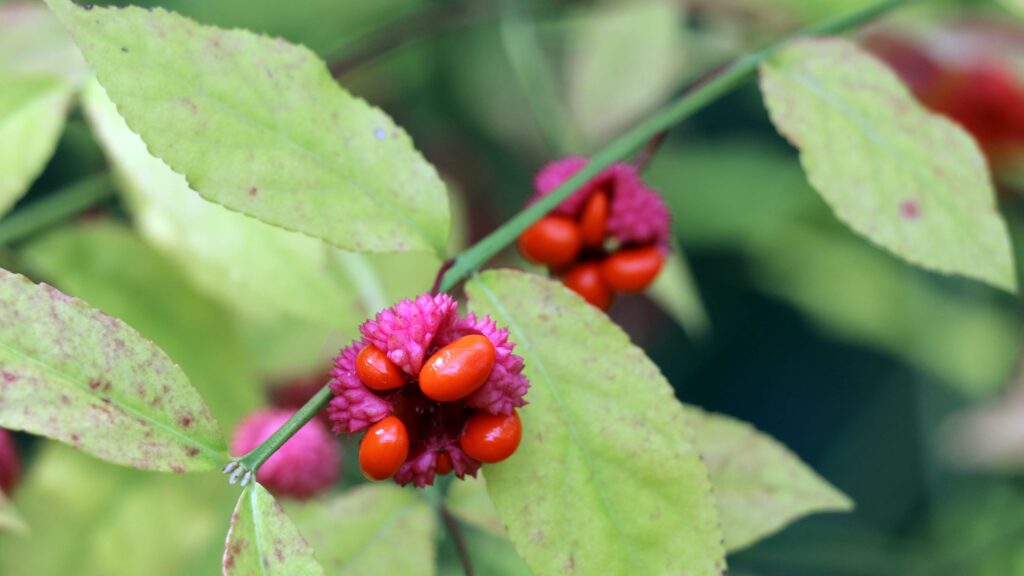
Hearts-a-Bustin’ is a low maintenance deciduous suckering shrub that grows well in many areas of North Carolina.
Extension works with local nurseries to help ensure a supply of native plants. People attending the event in Wilmington were encouraged to shop at locations in New Hanover and Brunswick counties.
“We have five native plant vendors out in the community and we’re pushing all of our sales out there,” Mead said. “The demand has to be there in order for these nurseries to have native plants in stock and make a profit. We’ll drive the demand to them and hopefully support them to increase the supply.”
Aesthetic appeal is another factor in a reluctance to adopt native plants. They can look overgrown and unruly for home gardeners accustomed to neat and orderly yards with manicured lawns and carefully planned flower beds.
“Some people think they look messy,” Mead said. “There can be obstacles with HOAs. But there are definitely ways to landscape with native plants.”
One solution is to incorporate favorite non-natives, provided they are not invasive.
“Just because something is not native doesn’t mean it’s bad,” Oten said. “Over 90 percent of our agricultural system is non-native plants, but that does not mean they’re invasive.”
In home gardens, non-natives can complement natives.
“You can be a non-native ornamental and be perfectly well behaved,” Mead said. “We’re shooting for maybe 70 percent native plants, and we can have those ornamentals in the yard that are well behaved. I love a Japanese maple and a camelia.”
Related: Homegrown | Winter is the ideal time to plant fruit trees
To truly appreciate the value of native plants and drive up demand at local nurseries, it might require a reorientation in thinking about home gardens.
“We’d love to change people’s ideas of what the function of our yards are,” Mead said. “Don’t just think about them specifically for the aesthetic value, but how does our yard function in the landscape in terms of water quality and food for wildlife, and things like that.”
Native Plant Resources
Sources with information about native plants, invasive species, and what to plant for a healthy garden.
- The Extension Gardener Plant Toolbox has more than 4,000 plants in the database, including 121 that are tagged invasive
- This Wildlife Friendly Landscapes post discusses invasive plants
- An Extension publication about invasive plants and forests
- Plant These Instead highlights alternatives to invasive or problem-prone species commonly planted in southern landscapes
- The Plants, Pests and Pathogens webinar series promotes diversity for a healthy, resilient landscape
- The NC Invasive Plant Council lists species by region
- The NC Native Plant Society’s Invasive Exotic Species List has species ranked by threat level
- Controlling Invasive Plants booklet from NC Botanical Gardens
- USDA Forest Service’s Non-native Invasive Plants of Southern Forests
- Invasive Plant Atlas from USDA and the National Park Service
- EDDMaps (UGA) tracks new and emerging invasive species


